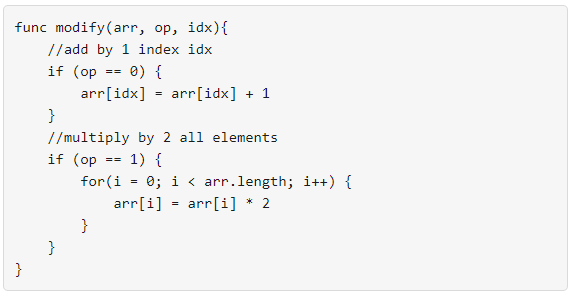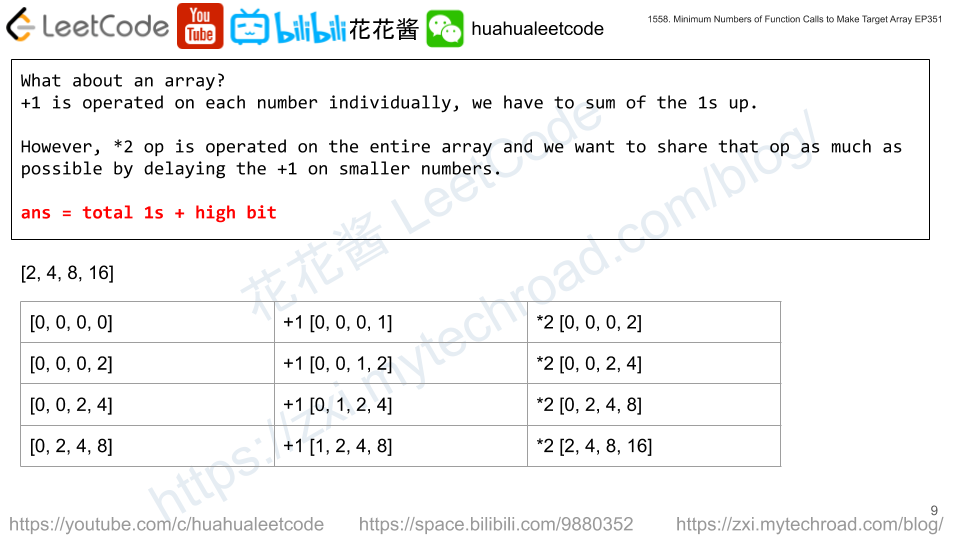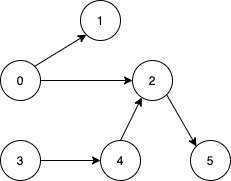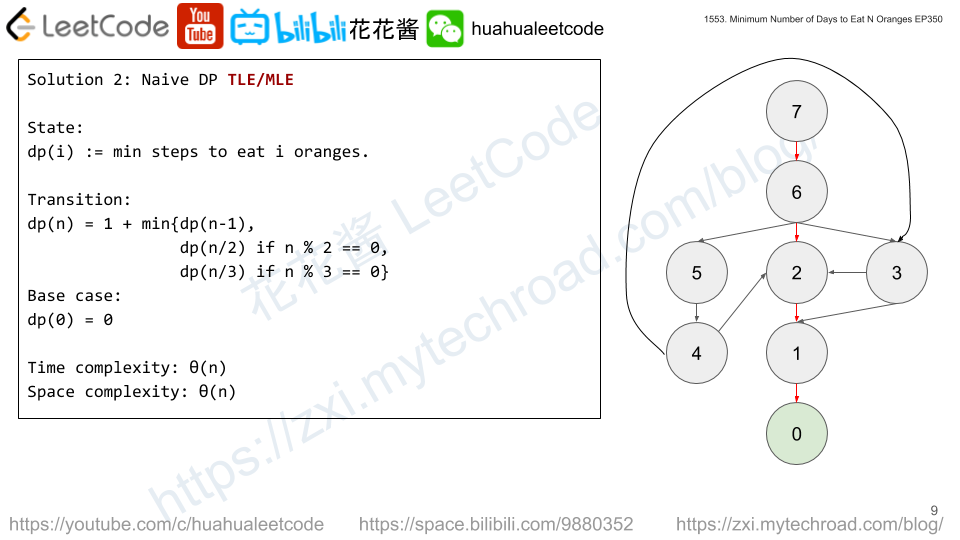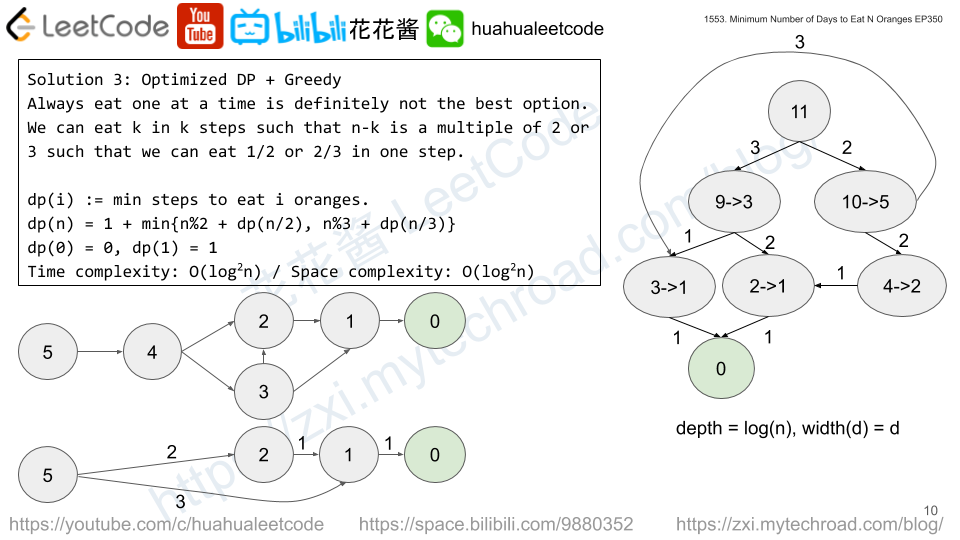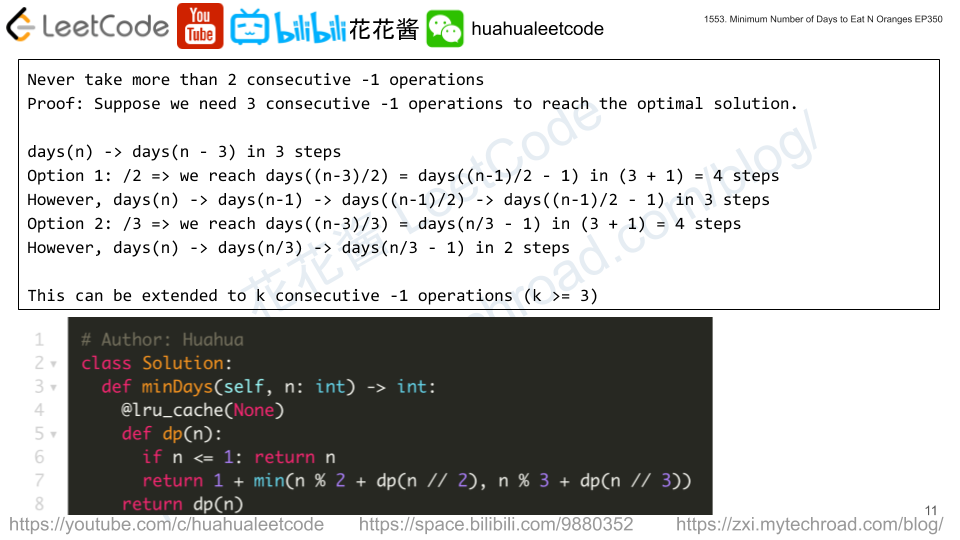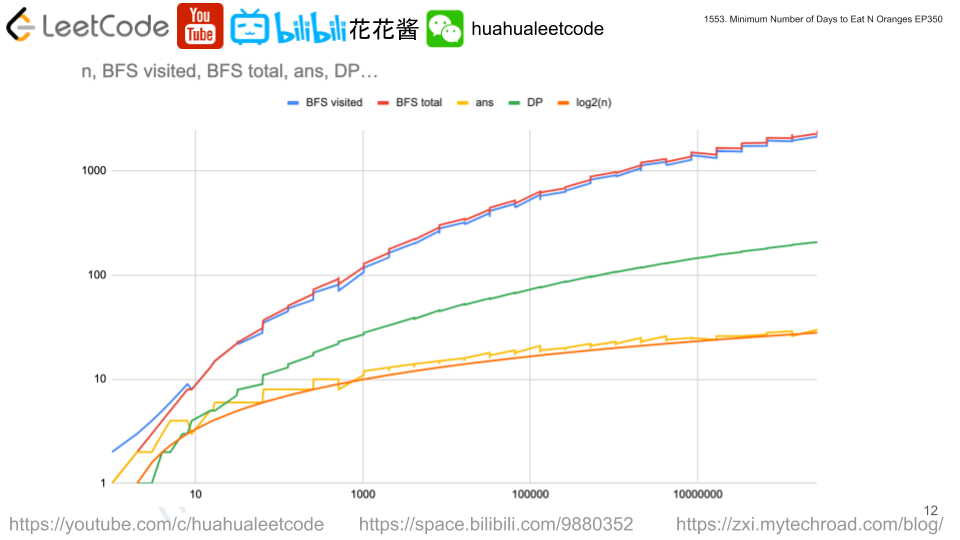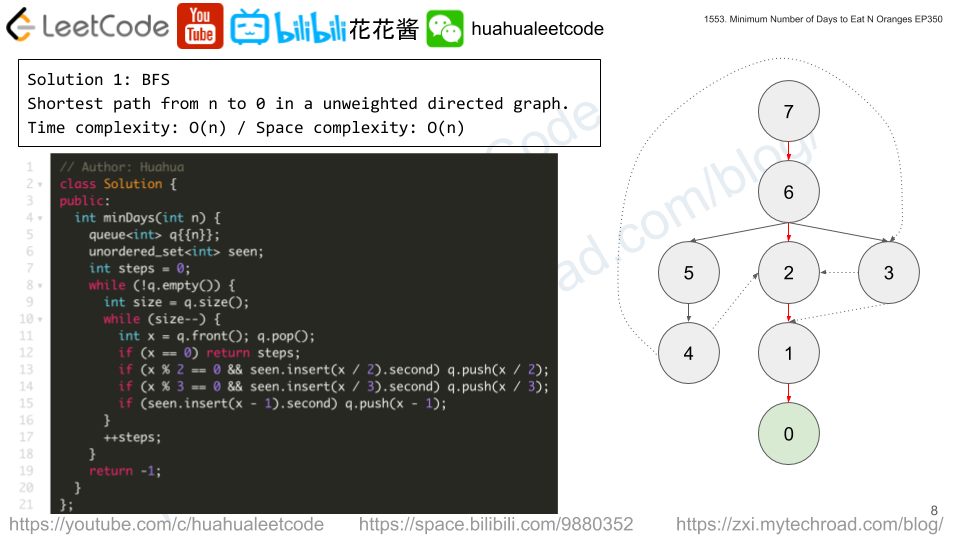Given a 2D array of characters grid of size m x n, you need to find if there exists any cycle consisting of the same value in grid.
A cycle is a path of length 4 or more in the grid that starts and ends at the same cell. From a given cell, you can move to one of the cells adjacent to it – in one of the four directions (up, down, left, or right), if it has the same value of the current cell.
Also, you cannot move to the cell that you visited in your last move. For example, the cycle (1, 1) -> (1, 2) -> (1, 1) is invalid because from (1, 2) we visited (1, 1) which was the last visited cell.
Return true if any cycle of the same value exists in grid, otherwise, return false.
Example 1:

Input: grid = [["a","a","a","a"],["a","b","b","a"],["a","b","b","a"],["a","a","a","a"]] Output: true Explanation: There are two valid cycles shown in different colors in the image below:
Example 2:

Input: grid = [["c","c","c","a"],["c","d","c","c"],["c","c","e","c"],["f","c","c","c"]] Output: true Explanation: There is only one valid cycle highlighted in the image below:
Example 3:

Input: grid = [["a","b","b"],["b","z","b"],["b","b","a"]] Output: false
Constraints:
m == grid.lengthn == grid[i].length1 <= m <= 5001 <= n <= 500gridconsists only of lowercase English letters.
Solution: DFS
Finding a cycle in an undirected graph => visiting a node that has already been visited and it’s not the parent node of the current node.
b b
b b
null -> (0, 0) -> (0, 1) -> (1, 1) -> (1, 0) -> (0, 0)
The second time we visit (0, 0) which has already been visited before and it’s not the parent of the current node (1, 0) ( (1, 0)’s parent is (1, 1) ) which means we found a cycle.
Time complexity: O(m*n)
Space complexity: O(m*n)
C++
|
1 2 3 4 5 6 7 8 9 10 11 12 13 14 15 16 17 18 19 20 21 22 23 24 25 26 27 28 29 |
class Solution { public: bool containsCycle(vector<vector<char>>& grid) { const int m = grid.size(); const int n = grid[0].size(); vector<vector<int>> seen(m, vector<int>(n)); vector<int> dirs{0, 1, 0, -1, 0}; function<bool(int, int, int, int)> dfs = [&](int i, int j, int pi, int pj) { ++seen[i][j]; for (int d = 0; d < 4; ++d) { int ni = i + dirs[d]; int nj = j + dirs[d + 1]; if (ni < 0 || nj < 0 || ni >= m || nj >= n) continue; if (grid[ni][nj] != grid[i][j]) continue; if (!seen[ni][nj]) { if (dfs(ni, nj, i, j)) return true; } else if (ni != pi || nj != pj) { return true; } } return false; }; for (int i = 0; i < m; ++i) for (int j = 0; j < n; ++j) if (!seen[i][j]++ && dfs(i, j, -1, -1)) return true; return false; } }; |
